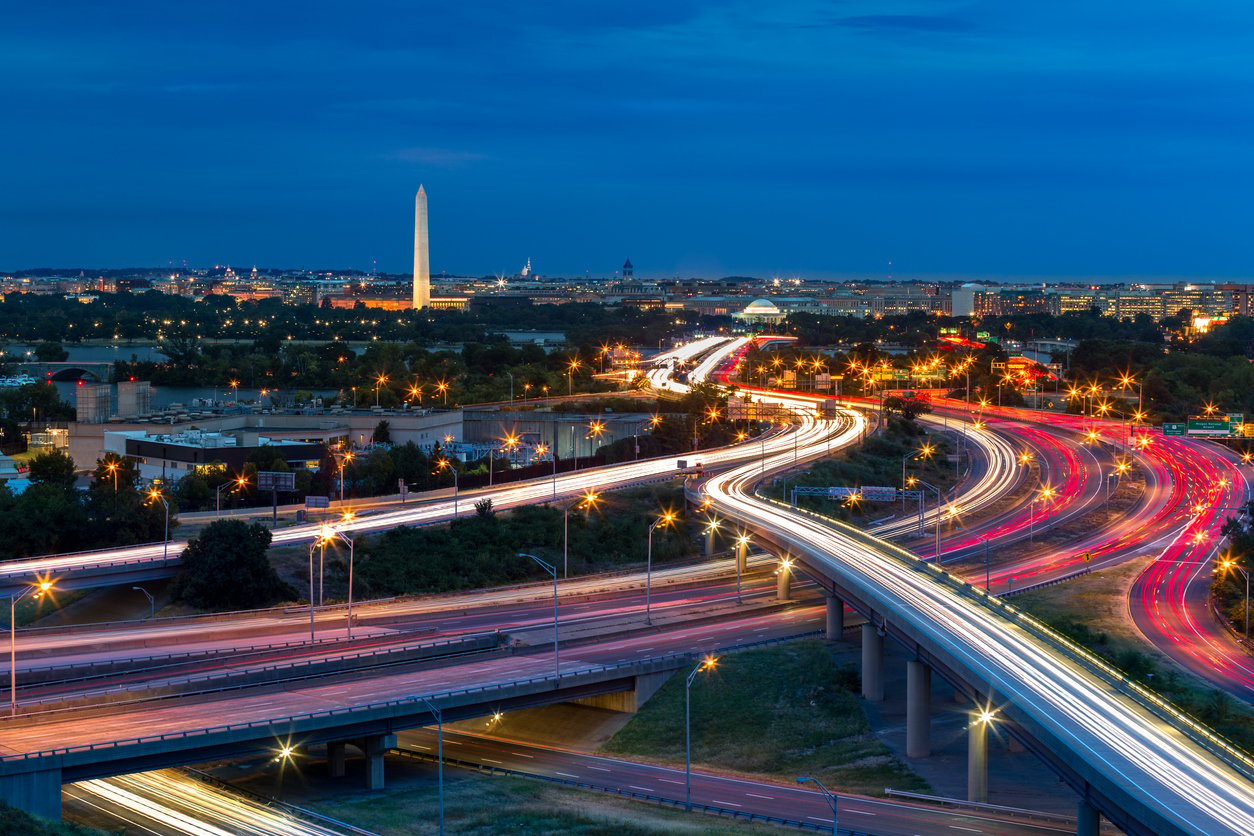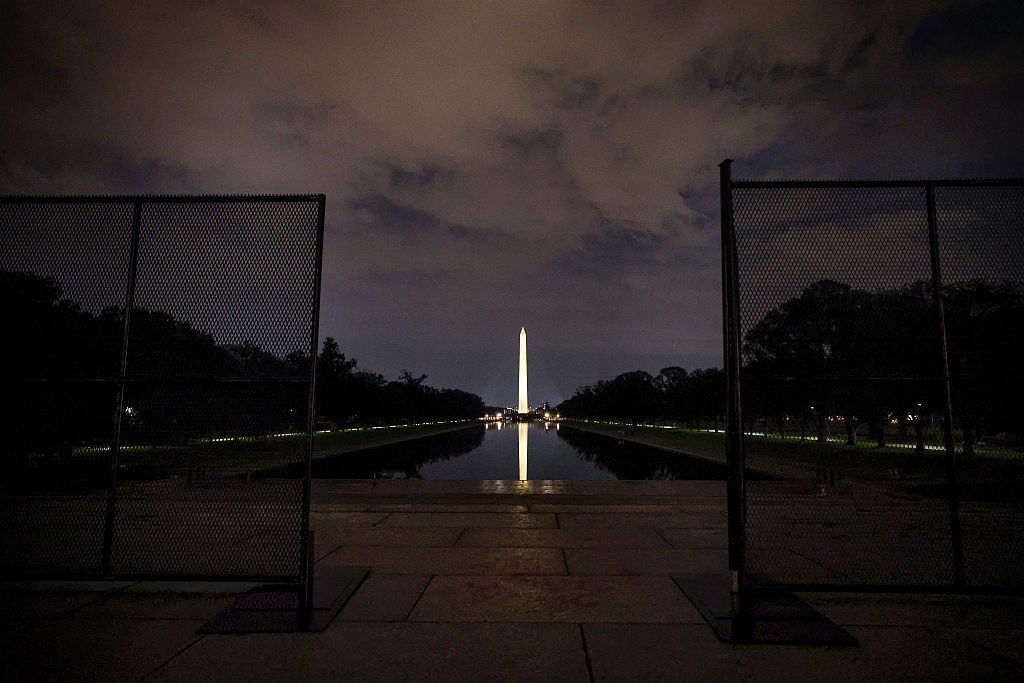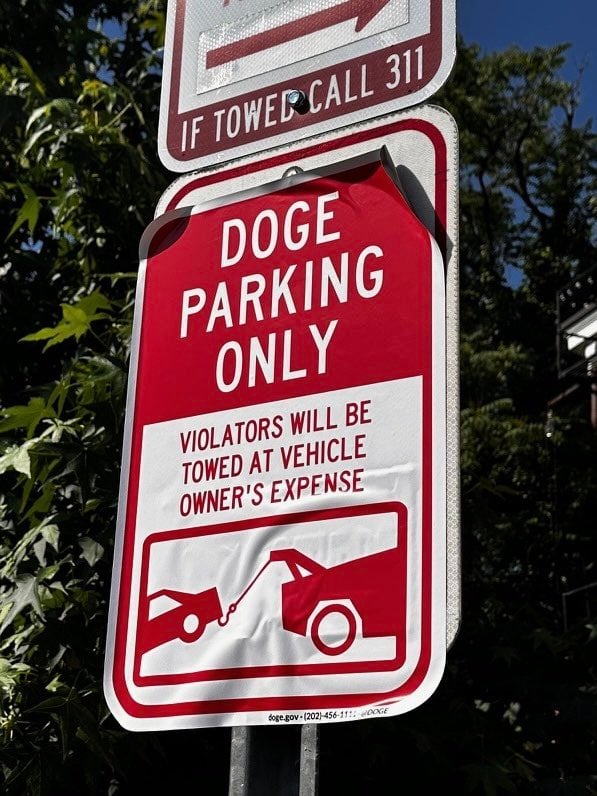The White House examined the infrastructure of every US state, plus DC and Puerto Rico, and gave grades to most jurisdictions. The Biden administration will use the data to try to convince members of Congress that its massive infrastructure bill will benefit their constituents and districts, the Associated Press reports. The highest grade it bestowed was a C-plus, which only Georgia and Utah earned, Josh Boak reports for AP. Puerto Rico got the lowest grade, a D-minus.
It’s worth noting that, as Jack Shafer has written, infrastructure report cards tend to benefit members of professions that dole them out. That said, the Biden administration has taken an expansive view of what constitutes infrastructure, arguing that it extends past bridges and roads and comprises a number of its priorities, including affordable housing and supporting caregivers.
All that stipulated, how did the jurisdictions around Washington, DC, do in the President’s report card?
• The District of Columbia got a C-minus.
DC has needs in its roads, in its public transportation, and in upgrading homes to be energy-efficient, the White House report says. While the fact sheet doesn’t mention any numbers it plans to spend in the District, it touts plans to spend billions on broadband access (DC has the highest percentage in the region of residents who lack adequate broadband, the report says) and safe drinking water as well as on the 402 miles of highway and eight bridges it says are in poor condition. It also mentions supporting DC’s 1,000 manufacturing jobs, which, intentionally or not, is something of a riposte to members of Congress who cited DC’s supposed lack of manufacturing jobs among other fanciful reasons for opposing DC statehood during a hearing last month.
• Maryland got a C.
Maryland has 273 bridges and more than 2,201 miles of highway in poor condition, the White House says. The state will also benefit from plans to spend billions nationwide on infrastructure that promotes resilience after extreme weather events, of which it says Maryland has experienced 31 between 2010 and 2020. More than a third of Marylanders live in an area where there’s only one internet provider, and nearly 11 percent have no broadband access. The Maryland report also mentions school improvements and clean-energy jobs.
• Virginia didn’t get a grade.
Not all states got grades, the AP notes. The American Society of Civil Engineers, which issues a widely cited annual “report card” about US infrastructure, grades Virginia at a C-minus, citing roads, drinking water, and dams at risk. The White House report says Virginia has 577 bridges and 2,124 miles of highway in poor condition, also citing needs in veterans’ health and public transportation spending.


















